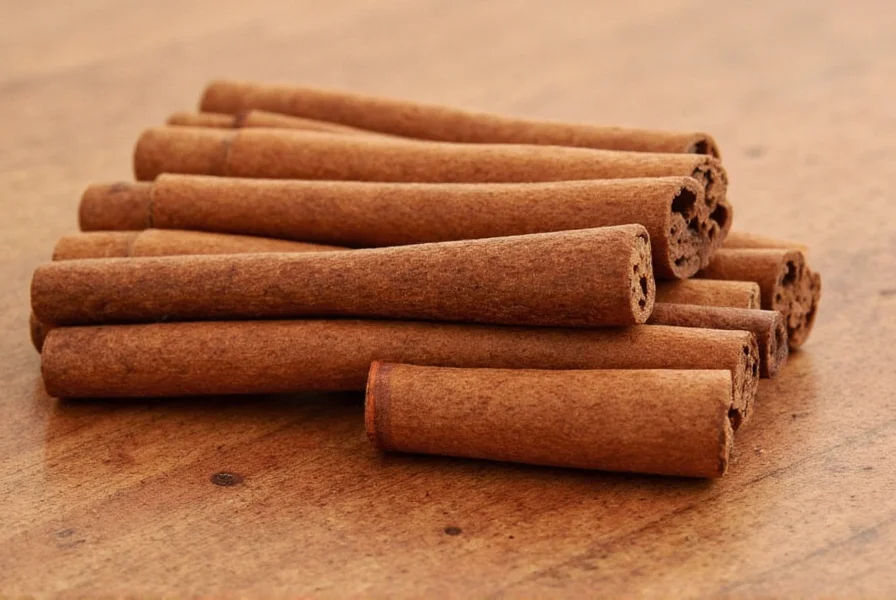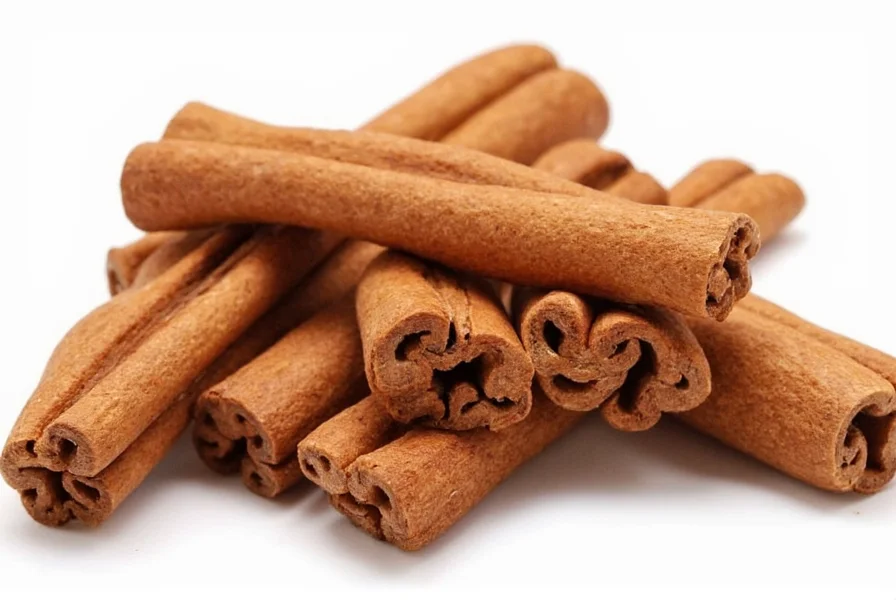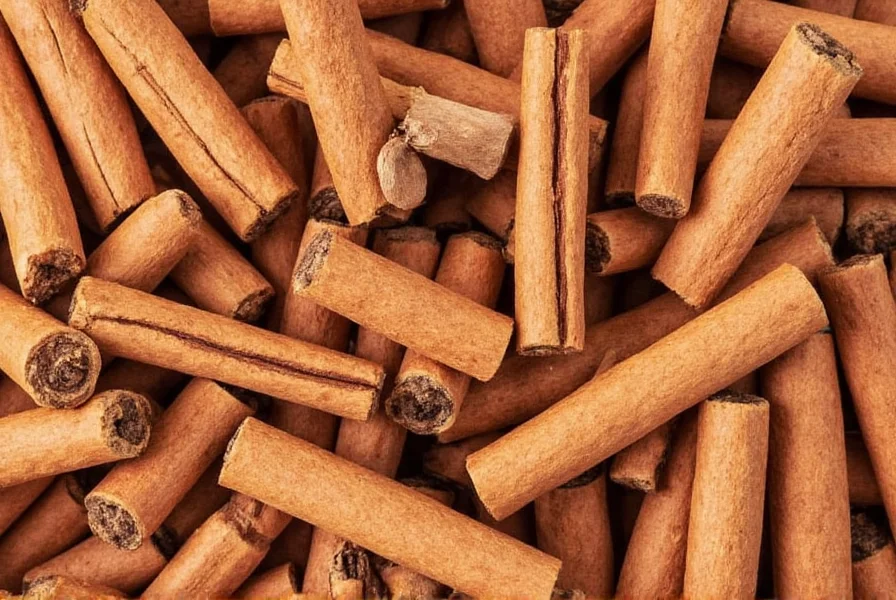Makara cinnamon is not a recognized cinnamon variety in the global spice industry. Based on botanical classification and international spice trade standards, there is no cinnamon species or commercially accepted type known as “Makara cinnamon.” The term likely represents either a brand name, a misspelling of another cinnamon variety, or a regional term not widely documented in authoritative spice references.
When searching for information about “Makara cinnamon,” consumers often encounter confusion due to the absence of this term in established spice databases and botanical records. This article clarifies the reality of cinnamon varieties, explains possible sources of the “Makara” reference, and provides authoritative information to help you make informed decisions when purchasing cinnamon.
Understanding Cinnamon Varieties: What’s Real and What’s Not
Cinnamon belongs to the Cinnamomum genus, with several species harvested for their aromatic bark. The four primary varieties recognized by spice authorities worldwide include:
| Variety | Scientific Name | Origin | Key Characteristics |
|---|---|---|---|
| Ceylon Cinnamon | Cinnamomum verum | Sri Lanka | Multiple thin layers, delicate flavor, lower coumarin content |
| Cassia Cinnamon | Cinnamomum cassia | China | Thick, hard bark, stronger flavor, higher coumarin content |
| Korintje Cinnamon | Cinnamomum burmannii | Indonesia | Medium thickness, balanced flavor, moderate coumarin |
| Saigon Cinnamon | Cinnamomum loureiroi | Vietnam | Very thick bark, intense flavor, highest coumarin content |
Possible Explanations for “Makara Cinnamon” References
Several scenarios might explain why you’ve encountered the term “Makara cinnamon”:
Brand Name Misinterpretation
Some spice companies market their products under distinctive brand names that consumers mistakenly interpret as variety names. A search reveals several small businesses using “Makara” as a brand identifier for their cinnamon products, particularly those specializing in organic or specialty spices. This represents makara cinnamon brand identification rather than a botanical classification.
Regional Terminology or Translation Issue
In certain regions, local names for cinnamon varieties might not translate directly to English terminology. “Makara” appears in Sanskrit and several South Asian languages, but refers to a mythological sea creature or an astrological sign (Capricorn), not to any known cinnamon variety. This represents a potential case of makara cinnamon regional name confusion.
Misspelling of Established Varieties
Common misspellings that might lead to “Makara” include:
- “Malabar” (a region in India known for spice production)
- “Makassar” (an Indonesian port city involved in spice trade)
- “Mozambique” (though not a major cinnamon producer)

How to Identify Authentic Cinnamon Varieties
When shopping for cinnamon, use these evidence-based identification methods rather than relying on potentially misleading terms like makara cinnamon meaning or makara cinnamon benefits:
Physical Characteristics
Ceylon cinnamon appears as multiple thin, papery layers rolled together (like a cigar), while Cassia forms a single thick, hard quill. Ceylon has a lighter brown color and more delicate aroma compared to the darker, stronger Cassia.
Label Reading Guidelines
Reputable spice manufacturers will specify either “Ceylon cinnamon” or “Cassia cinnamon” on packaging. Terms like “Mexican cinnamon,” “Indonesian cinnamon,” or “Vietnamese cinnamon” typically refer to specific types of Cassia. Be wary of products using undefined terms like “special cinnamon” or makara cinnamon type without botanical clarification.
Health Consideration Awareness
Cassia varieties contain significantly higher levels of coumarin, which can cause liver damage with prolonged high consumption. Ceylon cinnamon contains minimal coumarin, making it preferable for regular consumption. This distinction matters more than searching for non-existent varieties like makara cinnamon vs ceylon.

Practical Buying Guide for Quality Cinnamon
Instead of searching for the non-existent makara cinnamon where to buy, follow these evidence-based purchasing recommendations:
For Daily Consumption
Choose Ceylon cinnamon (Cinnamomum verum) if you plan to consume cinnamon regularly or in significant quantities. Look for products explicitly labeled “Ceylon cinnamon” with origin tracing to Sri Lanka. This addresses the makara cinnamon health benefits concern by providing the variety with the most favorable safety profile.
For Baking and Strong Flavors
Cassia varieties (Chinese, Saigon, or Korintje) work well in recipes requiring robust cinnamon flavor, such as cinnamon rolls or spiced chai. Their stronger taste holds up better in cooked applications.
Verification Methods
Request certificates of analysis from specialty spice vendors. Reputable suppliers can provide:
- Botanical identification verification
- Coumarin content testing results
- Origin documentation
Conclusion: Moving Beyond the Makara Cinnamon Myth
The term “Makara cinnamon” doesn’t correspond to any recognized cinnamon variety in botanical science or international spice trade. Rather than searching for makara cinnamon real or fake, focus on understanding the established cinnamon types, their characteristics, and appropriate uses. By educating yourself on the actual varieties available, you’ll make better purchasing decisions and avoid potential confusion created by marketing terms that lack botanical basis.











 浙公网安备
33010002000092号
浙公网安备
33010002000092号 浙B2-20120091-4
浙B2-20120091-4